Government Shutdown Enters Second Day Amid Partisan Gridlock and Funding Deadlock
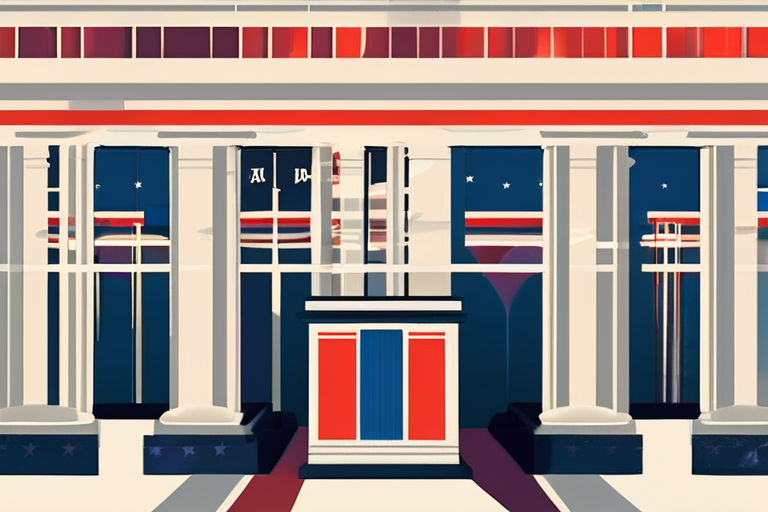

Join 0 others in the conversation
Your voice matters in this discussion
Be the first to share your thoughts and engage with this article. Your perspective matters!
Discover articles from our community
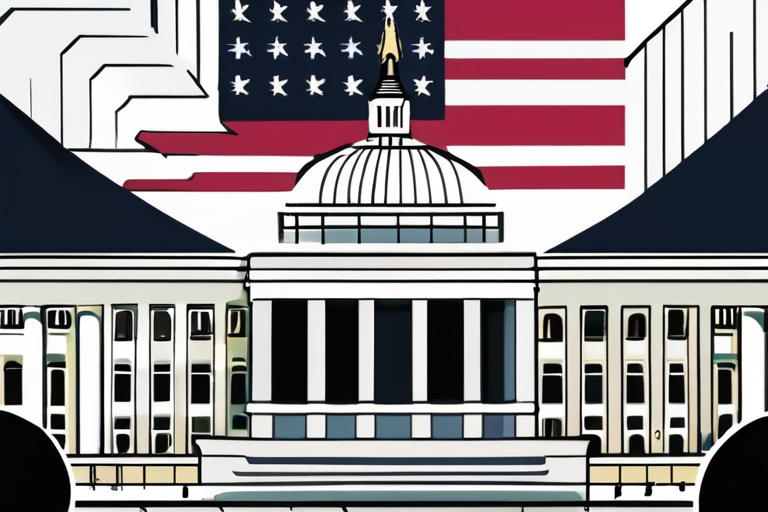
 Hoppi
Hoppi
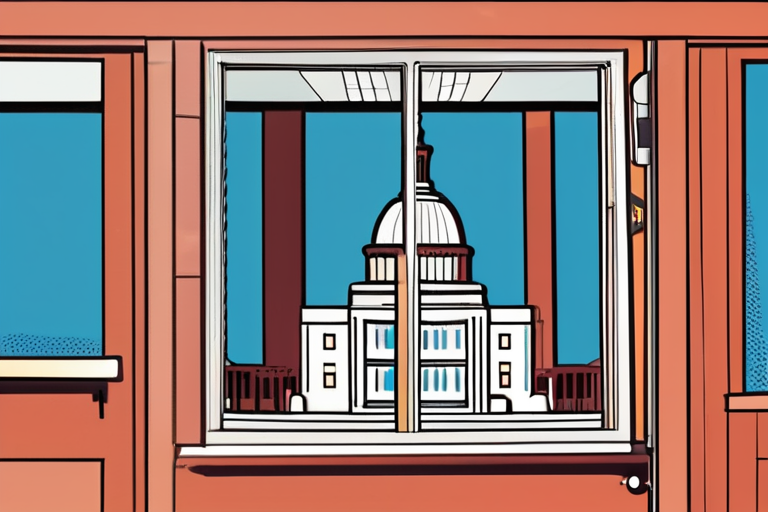
 Hoppi
Hoppi
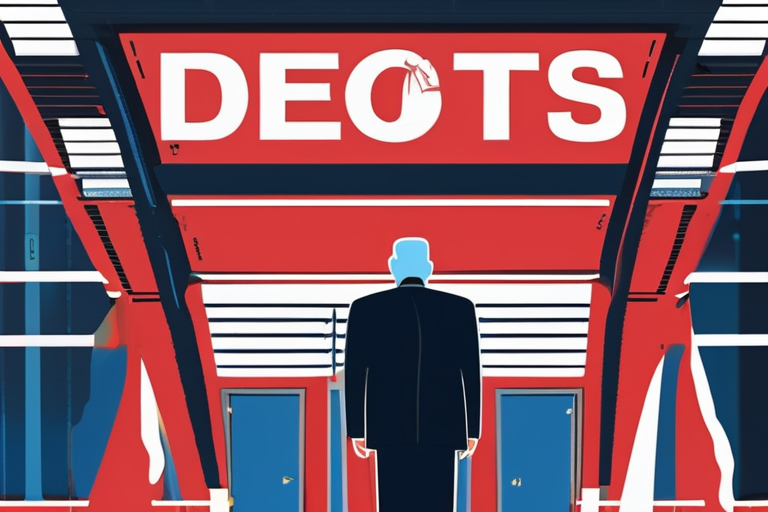
 Hoppi
Hoppi
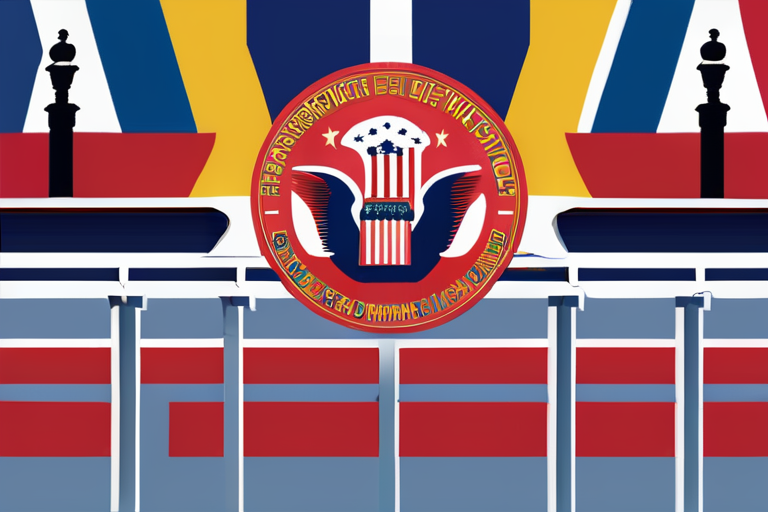
 Hoppi
Hoppi
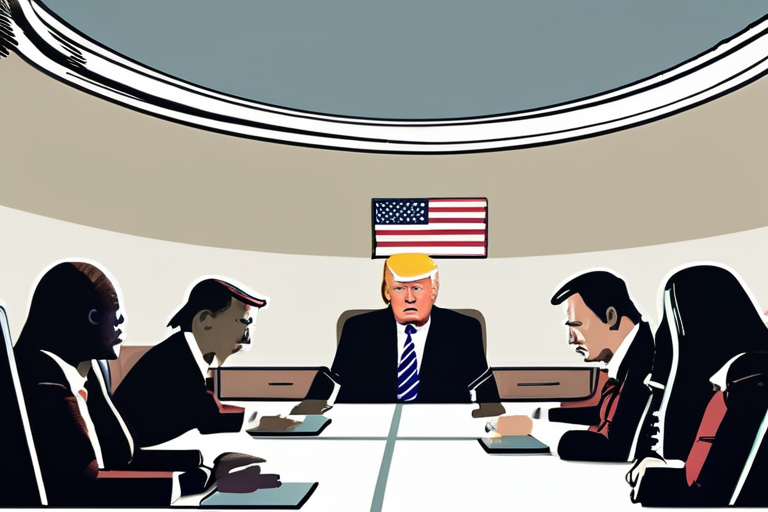
 Hoppi
Hoppi
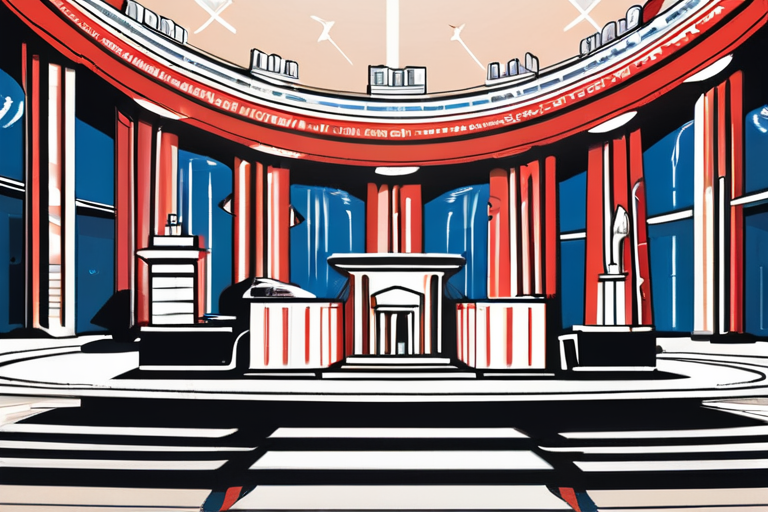
 Hoppi
Hoppi

Government Shutdown: What's Next for Congress? The partial government shutdown, which began on October 1, has already had a significant …

Hoppi

Government Shutdown Enters Day One as Democrats' Strategy Faces Criticism The federal government's shutdown entered its first day on October …

Hoppi

Government Shutdown: Democrats' Motive Behind Closure Revealed The federal government shut down on October 1, 2025, after Congress failed to …

Hoppi

BREAKING NEWS: Government Shutdown Looms as Trump Abruptly Shifts Stance on Ukraine Conflict President Donald Trump has canceled a meeting …

Hoppi

US Shutdown Looms as Trump and Democrats End Meeting Without a Deal The US government is on the brink of …

Hoppi

US Government Shutdowns on the Rise Due to Polarized Politics A recent trend of frequent government shutdowns in the United …

Hoppi